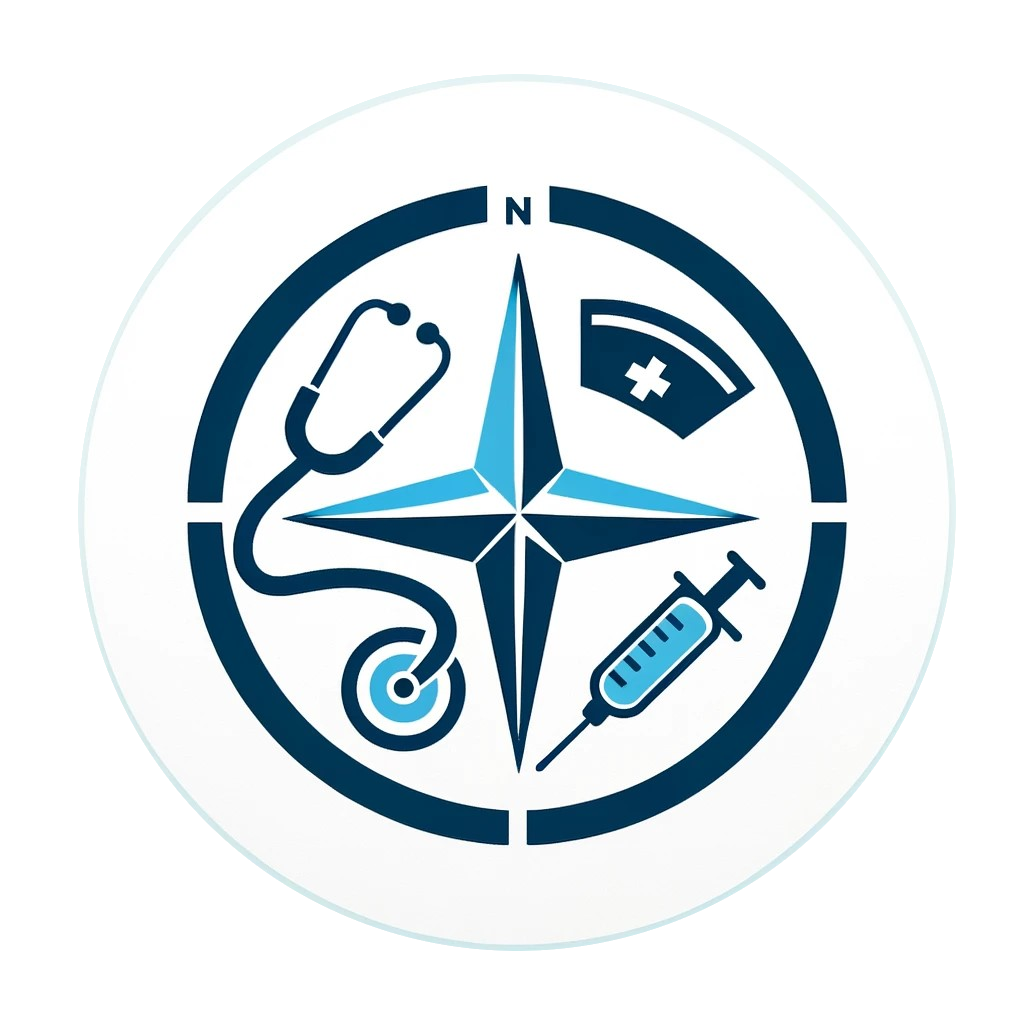- Prothrombin Time (PT/INR) - Warfarin monitoring
- Activated Partial Thromboplastin Time (PTT) - Heparin monitoring
- D-dimer - DVT/PE screening
- Fibrinogen levels
- Factor assays (VIII, IX, etc.)
- Anti-Xa levels
🩸 Lab Tube Color Reference Guide
Complete reference for blood collection tube colors, additives, draw order, and nursing considerations. Essential guide for accurate specimen collection and patient safety.
🩸 Complete Order of Draw
Royal Blue follows the additive (serum/EDTA/heparin), not the cap color.
Note: Serum tubes (red or gold/SST) come before heparin tubes. Heparin tubes (green and light-green/PST) precede EDTA, then gray. Some facilities set a sub-order within serum/heparin; follow your lab's policy.
Educational Use Only: Always follow your facility's specific protocols and current guidelines.
🩸 Master Lab Draws with This Essential Reference
Lab Draw Badge Card
Essential phlebotomy reference with tube colors, draw order, and lab values - everything you need for successful lab draws.
Important: Royal blue tubes come as serum (red band), EDTA (lavender band), or heparin (green band). Follow the order based on the additive, not just the cap color. See Mayo Clinic Laboratories trace-metals collection instructions for trace-metal handling.
⚠️ Specialty Collection Tubes
Yellow Top (ACD): Used for DNA/paternity testing and HLA typing. Not part of standard draw order - collected separately when specifically ordered and follows site policy.
Black Top (ESR): Contains sodium citrate 4:1 ratio for erythrocyte sedimentation rate testing. Follows citrate logic for timing and handling.
Note: Other specialty tubes (e.g., trace metal-free, viral transport) have facility-specific protocols and are not included in standard phlebotomy training.
🔧 Quick Troubleshooting & Pro Tips
Hemolyzed Specimen
Causes: Too small needle, excessive suction, rough handling
Prevention: 21-22G needle, gentle technique, immediate gentle mixing
Impact: Falsely ↑ K+, LDH, AST
Underfilled Coag Tube
Problem: Falsely prolonged PT/PTT times
Solution: Ensure 90% fill, use butterfly for difficult draws
Critical: 9:1 blood-to-citrate ratio essential
EDTA Platelet Clumping
Recognition: Falsely low platelet count
Solution: Collect in citrate tube for manual count
Note: Affects ~1% of population
ABG Collection Tips
Air bubbles: Remove immediately, affects O2/CO2
Ice: Ice slurry if analysis delayed >30 min (per lab/analyzer policy)
Heparin: Just coat syringe, excess dilutes sample
📚 Memory Aids & Study Tips
Color Memory Tricks
- Red: "Red for Rest" (clotting time needed)
- Blue: "Blue for Bruising" (coagulation)
- Purple: "Purple for People counting" (CBC)
- Green: "Green for Go fast" (STAT plasma tests)
Critical Numbers
- Blue tubes: 90% fill (9:1 ratio)
- Process coagulation samples within: your lab's validated window (commonly ≤4 hours)
- Tourniquet time: <60 seconds max
- Clotting time: 15-30 minutes
Quick Test Categories
- Chemistry panels: Gold/Red tubes
- Blood counts: Purple tubes
- Clotting studies: Light blue tubes
- Blood typing: Pink tubes
📚 Continue Your Learning
📚 References & Sources ▼
Click to view references
⚠️ Important Disclaimer
Educational Use Only: Always follow your facility's specific protocols and current institutional guidelines. When in doubt, consult laboratory personnel or supervisory staff. Procedures may vary by institution and patient population.
💙 Support Our Free Content
Your support helps us continue creating free nursing content. Explore our Nursing Essentials page to see our recommended tools and resources.
🛍️ View Nursing Essentials